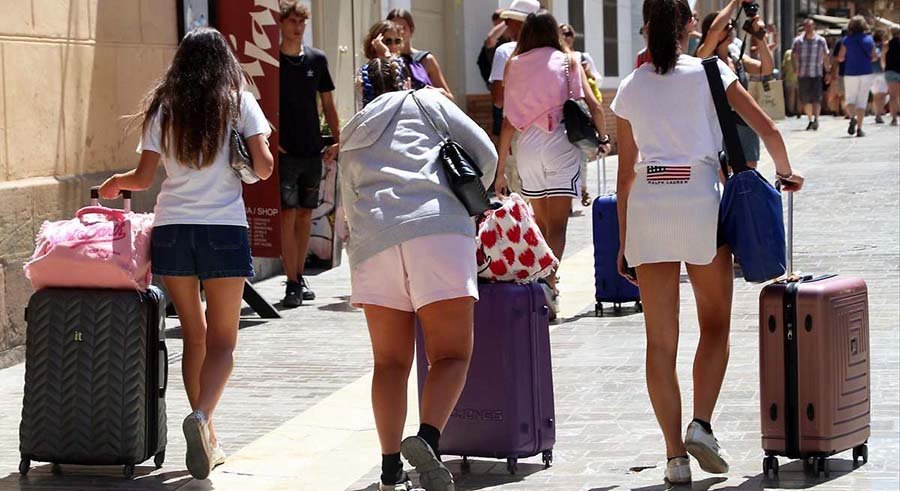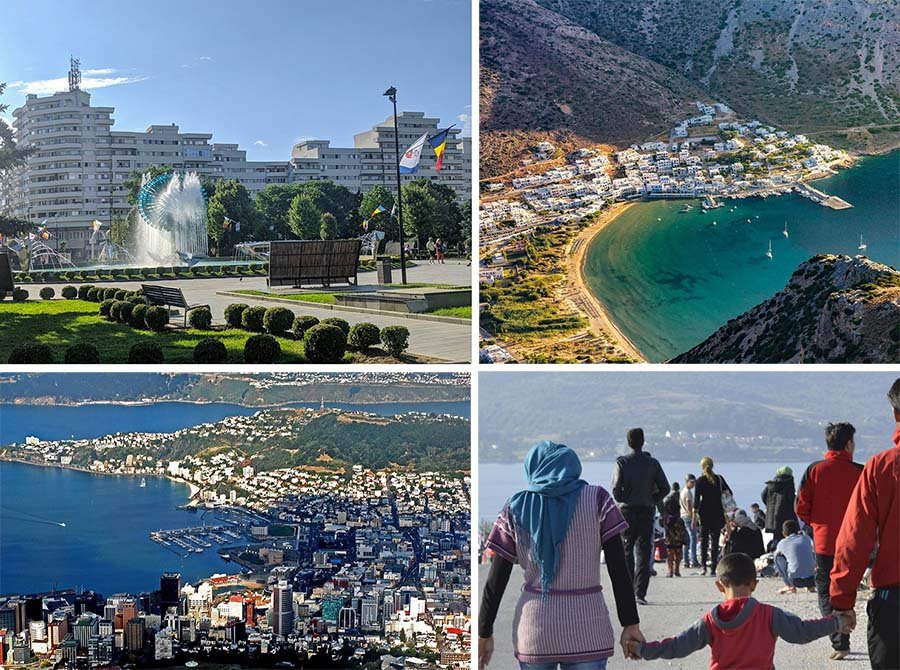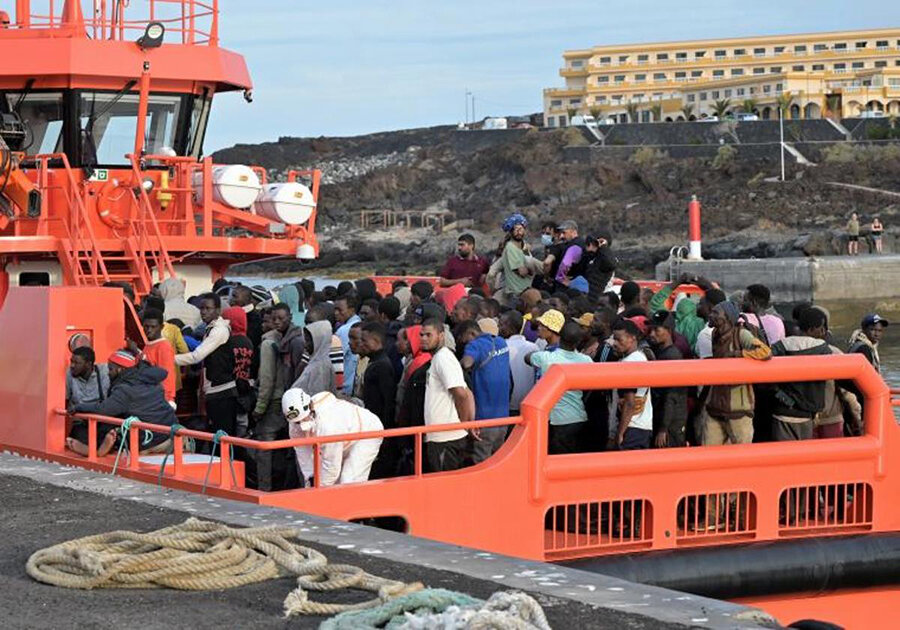читайте также
 New Georgian Residence Permit for IT Specialists: Categories and Requirements
New Georgian Residence Permit for IT Specialists: Categories and Requirements
 Malaga Rent Market: Three-Year Moratorium on Tourist Housing
Malaga Rent Market: Three-Year Moratorium on Tourist Housing
 Turkey’s Real Estate Market in 2024–2025: Risks and Restrictions for Foreign Investors
Turkey’s Real Estate Market in 2024–2025: Risks and Restrictions for Foreign Investors
 Migration News of the Week: Nomads, Investors, and Refugees
Migration News of the Week: Nomads, Investors, and Refugees
 Housing Prices in the Czech Republic Rising at Record Pace
Housing Prices in the Czech Republic Rising at Record Pace
 U.S. Visas: New Rules for Russia, Belarus, and Ukraine
U.S. Visas: New Rules for Russia, Belarus, and Ukraine

The Canary Islands, Spain’s main entry point for migrants, saw a 34% decline in arrivals compared to January 2024, Sur in English reports. This is the first decrease since July 2023, after a period of continuous increases that pushed migration numbers to record levels.
In January 2024, 8,067 illegal migrants arrived on Spain’s shores, while in January 2025, the number dropped to 5,456. The Canary Islands remain the region with the highest number of rescues, with 4,752 people saved, but this is still a 34% decrease compared to the 7,270 rescued in the same period last year.
The only Spanish territory experiencing an increase in illegal arrivals is Melilla, where six migrants managed to jump over the fence separating the city from Morocco—twice as many as last year.

Government Debates Migration Policies
This decline comes amid heated debates over a new decree that would allow unaccompanied minor migrants to be relocated across different regions of Spain in emergency situations. Currently, they are housed within the reception system on the Canary Islands.
The proposed law is expected to move to a committee stage involving child protection experts and government representatives, with a hearing scheduled for mid-February. If approved, the bill will proceed to a vote in the Spanish Congress.
Past Migration Records and Local Opposition
Just a few months ago, the numbers looked very different. Between January 1 and November 30, 2024, the Canary Islands received a record-breaking 41,400 migrants, surpassing the 39,910 arrivals in 2023. Most migrants came from Mali, Morocco, and Senegal.
Authorities struggled to manage the influx:
Adult migrants were housed in camps while awaiting transfer to mainland Spain, where their asylum applications were processed.
Minors under 18 remained in shelters on the islands and were offered places in local schools.
Local residents protested against the growing migrant arrivals. In October 2024, demonstrators in Las Palmas voiced concerns, arguing that the islands did not need migrant workers and that local job opportunities should be prioritized for Spaniards. Many feared that the mass migration influx could erode local identity.
Between January and November 2024, Spain recorded 54,000 cases of illegal entry, a 15.8% increase from 2023. The government has pursued both stricter and more lenient policies—on one hand, it plans to grant 900,000 residence permits to undocumented migrants, while on the other, it seeks to curb further arrivals.
Balancing Migration Needs with Border Control
Minister of Migration Elma Saiz defends Spain’s migration policies, arguing that the country needs young migrant workers to fund pensions and healthcare for its aging population. Her stance appears to be paying off:
2.9 million foreign workers contribute to Spain’s social security system every month.
At the same time, Madrid claims it is tightening border controls, including:
Agreements with African countries to reduce migration outflows.
Increased maritime patrols in open waters.
A request for the EU border agency Frontex to resume patrols in the region.
According to Spain’s National Institute of Statistics, the country’s population growth is largely driven by migrants. In Q1 2024, Spain’s population grew by 82,346 to reach 48,692,804. The largest groups of new residents came from Colombia (39,200), Morocco (26,000), and Venezuela (22,600). Over the past year, Spain’s population increased by 459,614 people, with 18.3% (approximately 9 million people) now being foreign-born.
Contrasting Trends in the EU
Spain’s drop in illegal migration contrasts with trends in other EU countries.
For example, in Italy, where illegal arrivals fell by 55% in 2024, migration surged again in January 2025.
In January 2024, 2,759 migrants landed on Italy’s shores.
In January 2025, 5,511 arrived, almost doubling last year’s figures.
Most newcomers were from Bangladesh, including 377 unaccompanied minors.
If Spain’s proposed law on minors is approved, the government will provide funding to regions receiving unaccompanied children transferred from the Canary Islands.
Spain remains one of the few EU countries maintaining a relatively soft migration policy, favoring regularization over deportation. While many other EU states are tightening their immigration laws, Spain continues to integrate migrants into its workforce and society.





